Choosing the Right Non Woven Fabric Cutting Machine: A Buyer’s Guide
Introduction
Nonwoven fabrics are everywhere. From face masks and medical gowns to automotive interiors and hygiene products, these versatile materials are integral to countless industries. Because of their widespread use, efficient and precise cutting is crucial for manufacturers. This is where non woven fabric cutting machines come into play. Choosing the right machine, however, can be a daunting task. There are many options available. This guide will help you navigate the complexities of selecting the perfect non woven sheet cutting machine for your specific needs. We’ll explore different types of machines, key features, and factors to consider before making a purchase. Most importantly, we’ll help you understand how to maximize your investment.
Understanding Nonwoven Fabric and Its Cutting Challenges
Nonwoven fabrics are engineered materials made from fibers that are bonded together, rather than woven or knitted. This unique structure gives them distinct properties like absorbency, filtration, and strength. However, it also presents unique cutting challenges. Traditional cutting methods can sometimes lead to fraying, uneven edges, or material damage. Therefore, specialized non woven material cutting equipment is essential for optimal results.
Types of Non Woven Fabric Cutting Machines
The market offers a diverse range of nonwoven fabric cutting machines, each with its own advantages and disadvantages. Here’s a breakdown of the most common types:
1. Rotary Non Woven Cutting Machines
Rotary non woven cutting machines utilize rotating blades to cut the material. They are known for their high speed and efficiency. These machines are ideal for high-volume production. They can handle a wide range of nonwoven materials.
- Rotary die cutting
- High-speed cutting
- Continuous cutting
- Roll-to-roll cutting
2. Die Cutting Machines for Nonwovens
Die cutting machines for nonwovens use custom-shaped dies to punch out specific shapes. They offer excellent precision and repeatability. This makes them suitable for intricate designs and complex patterns.
- Steel rule die cutting
- Flatbed die cutting
- Precision cutting
- Intricate shapes
- Custom dies
3. Ultrasonic Non Woven Cutting Machines
Ultrasonic non woven cutting machines employ high-frequency vibrations to cut and seal the edges of nonwoven materials simultaneously. This prevents fraying and creates a clean, finished edge. Besides that, they are particularly well-suited for synthetic nonwovens.
- Ultrasonic welding
- Edge sealing
- Fray prevention
- Synthetic fabrics
- Clean cut
4. Laser Cutting Machines for Nonwovens
Laser cutting machines for nonwovens use a focused laser beam to cut the material with extreme precision. They can create intricate designs and handle delicate materials without causing damage. However, they may be slower than other methods.
- Laser engraving
- Non-contact cutting
- Intricate patterns
- Delicate materials
- High precision
5. Slitting Machines for Nonwovens
Slitting machines for nonwovens are designed to cut large rolls of nonwoven fabric into narrower strips. They are essential for converting rolls into usable widths for further processing.
- Roll slitting
- Fabric converting
- Width adjustment
- Rewinding
- Score slitting
- Shear slitting
- Razor slitting
6. Sheeting Machines for Nonwovens
Sheeting machines for nonwovens cut continuous rolls of fabric into individual sheets of a predetermined length. They are crucial for producing items like disposable wipes, medical pads, and filter sheets.
- Sheet cutting
- Cross cutting
- Length control
- Stacking
- Automated sheeting
Key Features to Consider
When evaluating different non woven cutting machines, consider the following key features:
1. Cutting Speed and Capacity
The cutting speed and capacity of the machine should align with your production volume. A high-speed non woven cutting machine is essential for large-scale operations. For smaller businesses, a less expensive, lower-capacity machine might suffice.
2. Cutting Precision and Accuracy
The precision and accuracy of the machine are critical for ensuring consistent, high-quality results. Look for machines with features like automatic alignment and precise blade control. A precision non woven cutting machine minimizes waste.
3. Material Compatibility
Ensure that the machine is compatible with the specific types of nonwoven fabrics you intend to process. Some machines are better suited for certain materials than others.
4. Automation and Control Systems
Automatic non woven cutting machines offer increased efficiency and reduced labor costs. Look for machines with user-friendly control systems and features like automatic feeding and stacking. A CNC non woven cutting machine provides even greater control and flexibility.
5. Safety Features
Safety should always be a top priority. Choose a machine with built-in safety features like emergency stop buttons, safety guards, and light curtains.
6. Maintenance and Serviceability
Consider the ease of maintenance and the availability of spare parts. Regular maintenance is crucial for ensuring the longevity and optimal performance of your machine.

Get Free Sample Kit Of Our Fabric At Your Door Step
- Online Order
- Door Delivery
- 1-Click Quotation
Choosing the Right Machine for Your Application
The ideal non woven sheet cutter depends on your specific application. Here are some examples:
- Non woven cutting machine for face masks: Ultrasonic or rotary cutting machines are often preferred for their speed and ability to seal edges.
- Non woven cutting machine for medical textiles: Precision and hygiene are paramount. Die cutting or laser cutting machines may be suitable.
- Non woven cutting machine for hygiene products: High-speed rotary or sheeting machines are commonly used for large-volume production.
- Non woven cutting machine for automotive interiors: Laser cutting machines are often used for intricate designs and precise cutting of complex shapes.
Cost and Budget Considerations
The cost of non woven fabric cutting machine can vary significantly depending on the type, features, and manufacturer. Establish a budget before you start shopping. Consider the long-term return on investment. A more expensive machine with higher efficiency and lower maintenance costs might be more cost-effective in the long run. You should also research non woven sheet cutting machine price in [Location] (replace [Location] with your relevant area) to get a realistic estimate.
Where to Buy and Supplier Selection
You can find non woven sheet cutting machine suppliers through online directories, industry trade shows, and referrals. When choosing a supplier, consider factors like:
- Reputation and Experience: Look for a supplier with a proven track record and extensive experience in the nonwoven industry.
- Technical Support and Service: Choose a supplier that offers comprehensive technical support and after-sales service.
- Warranty and Guarantee: Ensure that the machine comes with a warranty and guarantee to protect your investment.
Comparing [Your Brand] and Competitor Machines
When comparing [Your Brand] non woven cutting machine (replace [Your Brand] with Favourite Fab) with [Competitor Brand] non woven cutting machine (replace [Competitor Brand] with a relevant competitor), consider factors like:
- Cutting speed and precision: How do the machines compare in terms of performance?
- Material compatibility: Which machine is better suited for your specific materials?
- Automation features: Does one machine offer more advanced automation capabilities?
- Price and value: Which machine offers the best value for your investment?
- You can also use this point to compare a [Specific Model Number] non woven cutting machine.
Favourite Fab machines are designed for durability, precision, and ease of use. We prioritize customer satisfaction. We offer comprehensive support.
How to Choose a Non Woven Sheet Cutting Machine: A Step-by-Step Guide
- Define Your Needs: Determine your production volume, material types, and required cutting precision.
- Research Different Machine Types: Explore the various options available, such as rotary, die, ultrasonic, and laser cutting machines.
- Establish a Budget: Set a realistic budget for your machine purchase.
- Identify Potential Suppliers: Research reputable suppliers and compare their offerings.
- Request Quotes and Demonstrations: Get quotes from multiple suppliers and request demonstrations of the machines.
- Evaluate the Machines: Compare the features, performance, and cost of each machine.
- Make a Decision: Choose the machine that best meets your needs and budget.
- Negotiate and Finalize the Purchase: Negotiate the price and terms with the supplier.
- Arrange for Installation and Training: Ensure that the machine is properly installed and that your staff is trained on its operation.
- Implement a Maintenance Schedule: Establish a regular maintenance schedule to keep your machine in optimal condition.
Non Woven Fabric Slitting, Converting, and Processing
Beyond just cutting, understanding the broader context of non woven fabric slitting, non woven fabric converting, and non woven fabric processing is beneficial. Slitting, as mentioned earlier, involves cutting large rolls into narrower ones. Converting encompasses a wider range of processes, including laminating, printing, and embossing. Processing refers to the overall handling and manipulation of nonwoven materials. Choosing a machine that integrates well with these other processes can streamline your production line. Non woven roll cutting is a critical initial step.

Get Free Sample Kit Of Our Fabric At Your Door Step
- Online Order
- Door Delivery
- 1-Click Quotation
Conclusion
Choosing the best non woven cutting machine for small businesses or large industrial operations requires careful consideration of various factors. By understanding the different types of machines, key features, and your specific application needs, you can make an informed decision that will maximize your efficiency and profitability. Remember to prioritize quality, reliability, and after-sales support when selecting a supplier.
Contact Us
For expert advice and assistance in choosing the right non woven fabric cutting machine, contact Favourite Fab today!
- Email: sale@favouritehub.com
- WhatsApp: +91 9528811566
We offer a wide range of high-quality industrial non woven cutting machines to meet your specific needs. Our team of experts is ready to help you find the perfect solution for your business.
FAQ
Q1: What is the difference between ultrasonic and rotary cutting?
A1: Ultrasonic cutting uses high-frequency vibrations to cut and seal, preventing fraying, while rotary cutting uses rotating blades for high-speed, continuous cutting. Ultrasonic is better for synthetics and edge sealing; rotary is better for high volume.
Q2: What is the best cutting method for delicate nonwoven materials?
A2: Laser cutting is generally the best option for delicate nonwoven materials, as it offers non-contact cutting and high precision, minimizing the risk of damage.
Q3: How often should I maintain my non woven cutting machine?
A3: The frequency of maintenance depends on the machine type and usage. However, regular inspections and cleaning are recommended, along with scheduled preventative maintenance as per the manufacturer’s guidelines.
Q4: Can I cut different types of nonwoven fabrics with the same machine?
A4: While some machines are versatile, it’s crucial to check the machine’s specifications to ensure compatibility with the specific types of nonwoven fabrics you intend to process. Some machines may require adjustments or different blades for optimal results.
Q5: What are the advantages of an automatic non woven cutting machine?
A5: Automatic machines offer increased efficiency, reduced labor costs, improved accuracy, and consistent results. They often include features like automatic feeding, stacking, and waste removal.



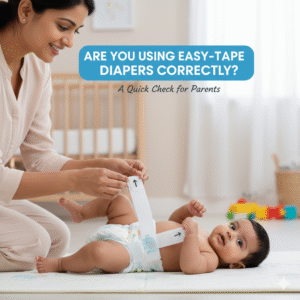
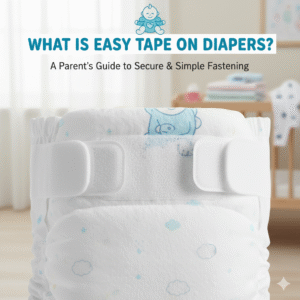
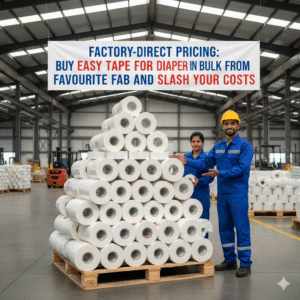
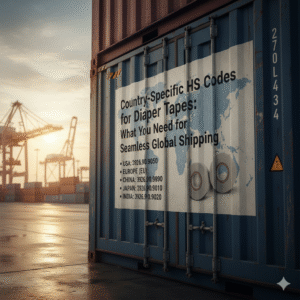
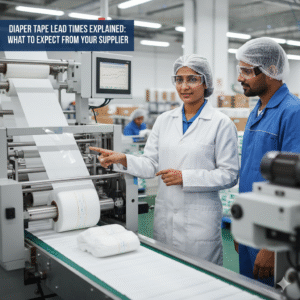
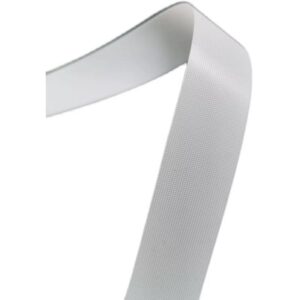
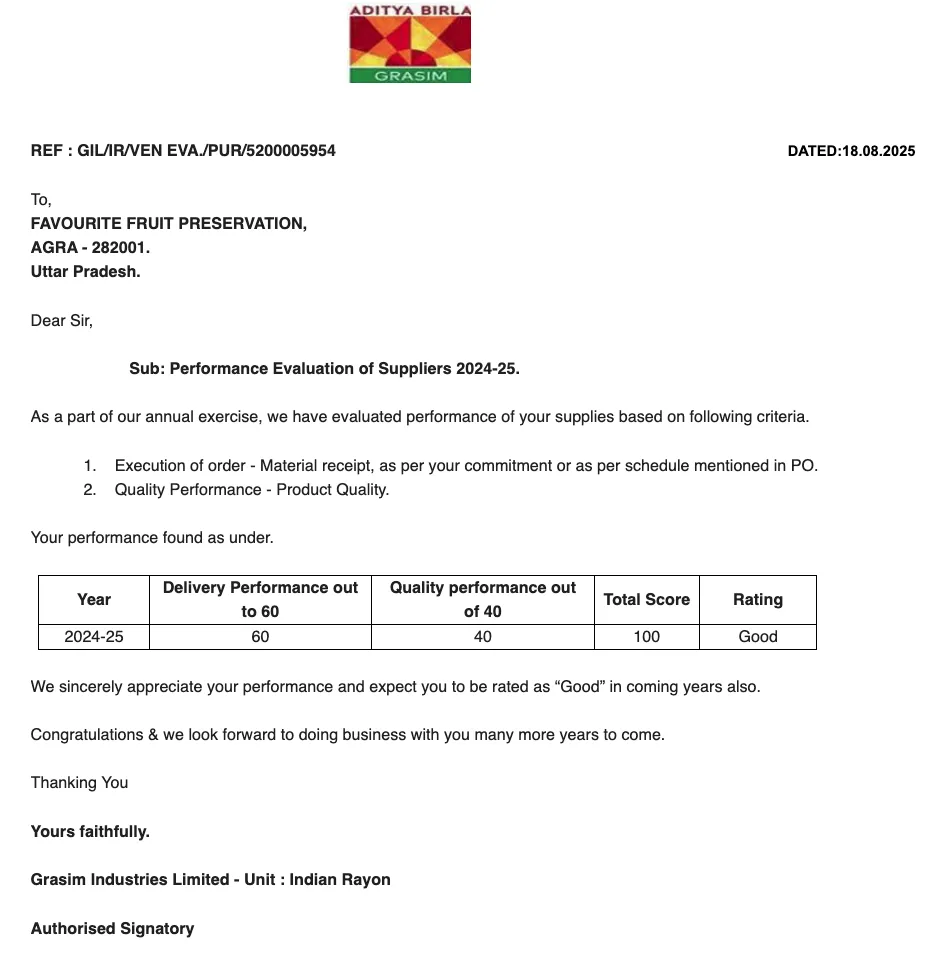




























We Do Business On Trust.Our Nonwoven fabric Business is Built on trust. Trust starts with Transparency.
Mr.Ramniwas Garg Founder Of Favourite Group